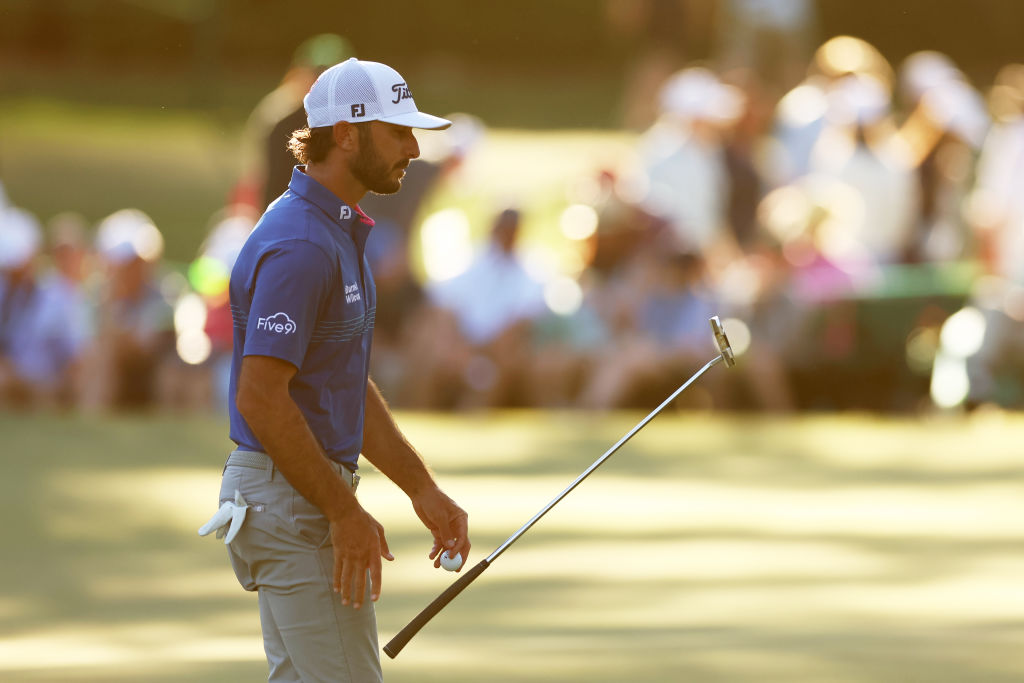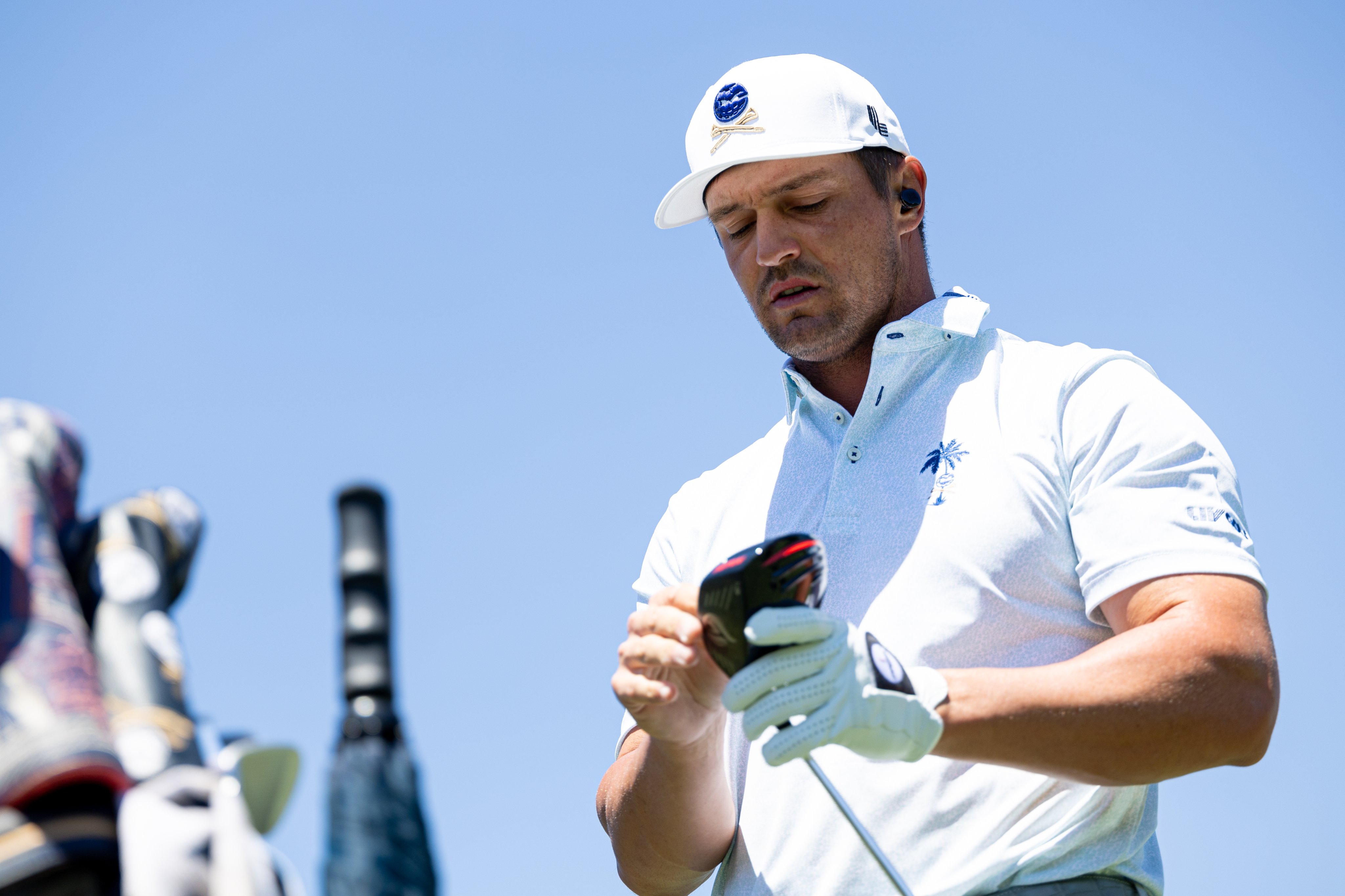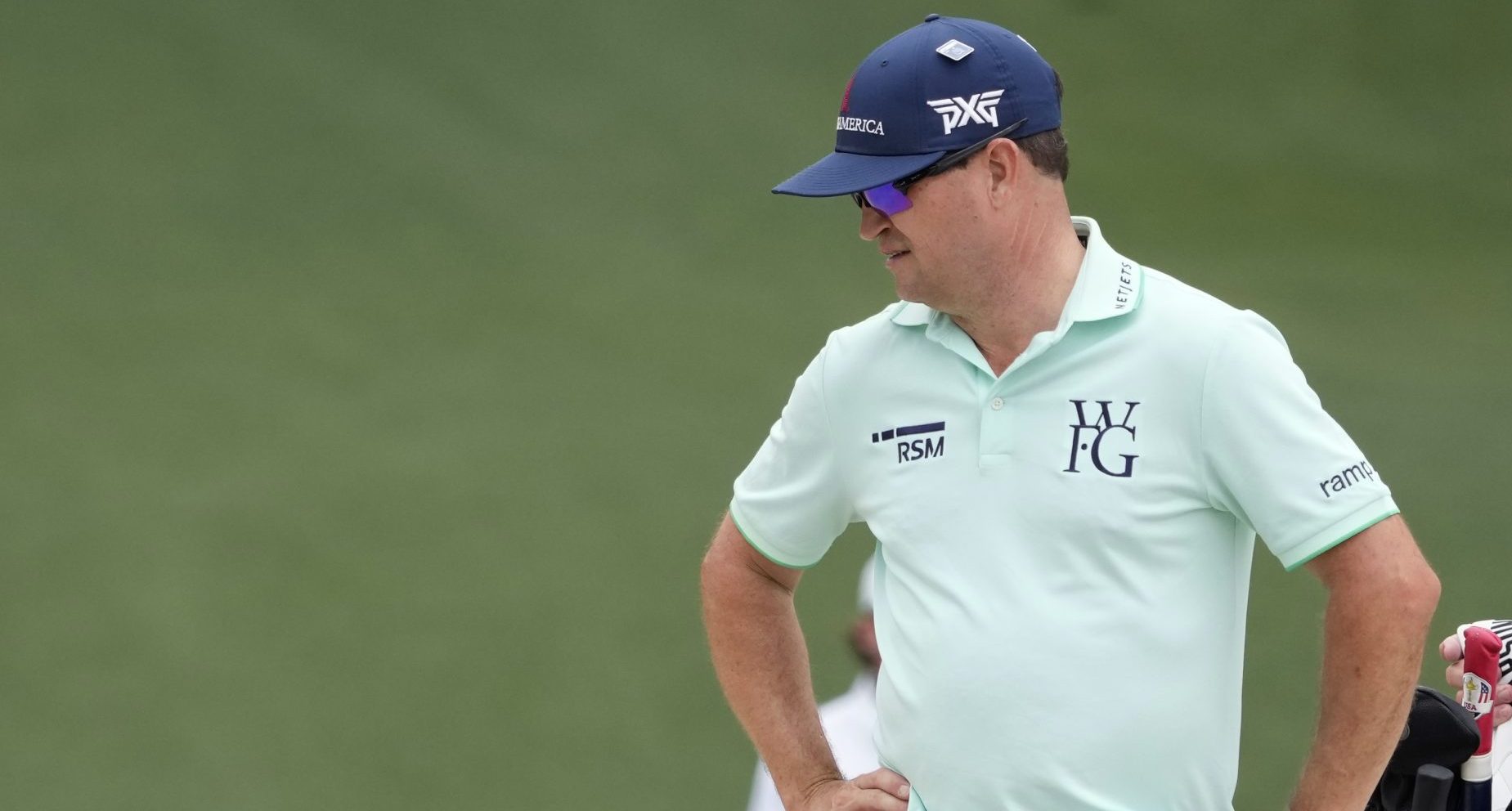Golf Instruction
Make More Putts Without Practicing
I’ve got a confession to make; I don’t practice putting…ever.
I know that putting is, without question, the most important shot in the game of golf. I’m also fully aware that, not only is it the only shot that regularly has a chance of finding the bottom of the cup, but about 1/3rd of shots in a given round are with the flat stick. Given this, you’d think I’d spend most (or at least some) of my practice time on the putting green rather than the driving range, but that’s just not the case. I think this is true for a lot of golfers.
I have several thoughts as to why this is true. One is that we find putting to be more than a little mysterious. It’s not unusual to hit a good putt and watch it not go in or a bad putt that does. Often times, the difference between these two outcomes appears to be luck. So, we tell ourselves, there’s no reason to practice putting; it’s just a waste of time. Another thought, is that putting practice is boring. There’s no majestic ball flight or intense release of energy. It’s quiet, slow, and there’s not always instant gratification for a well struck shot.
But, believe it or not, I’m not here to make a case for spending more time on the practice green because that’s probably a losing battle. We’ve already convinced ourselves it’s not worth the investment and no internet article is going to change that. That’s really ok though, because I truly believe it’s still possible to be a good putter without spending 1/3rd of your practice hours on the putting green. You’ve just got to work smarter, not harder.
Caucasian man putting on golf course
View top-quality stock photos of Caucasian Man Putting On Golf Course. Find premium, high-resolution stock photography at Getty Images.
Putting is, simply, the process of finding the correct combination of aim and speed (aka: direction and distance) that will allow the ball to go in the hole. If you get those two factors correct, the ball will go in the hole. It isn’t like your high school locker though, there’s often more than one correct “answer” that will allow you to be successful. So, in order to become a better putter without spending hours practicing, we just need to improve the process of discovering each putt’s unique answer. That’s what this article is about.
Look at Your Putt From the Side
First, before you even step over the ball, you have to discover the speed; how hard to hit the ball. Obviously, this is an easier task on shorter putts, but as you get farther from the hole, it gets more and more difficult to correctly judge a putt’s speed. On top of that, most people have poor depth perception. This makes determining the correct speed of your putt even more difficult.
In order to get a better feel for the true length of your putt, be sure to view it from the side. Meaning, instead of standing behind the ball, walk to the middle of the putt on one side; forming a triangle with the ball, hole, and you. This will allow you to view the entire length of the putt and judge the true distance easier than standing behind the ball.
Stare at the line between the ball and hole while taking a few practice swings to “feel” the right length of swing. Once you feel comfortable with a swing that will produce the right speed based on your distance from the hole, commit it to memory and repeat it when you actually hit the ball.
Aim Higher
Next, once you’ve determined the speed of your putt, you need to pick the corresponding aim. If you think back on the putts you miss, chances are that most of them are missed on the same side of the hole. Typically, for an amateur golfer, that’s the low side of the hole. Meaning, you’re more likely to under read a putt’s break rather than over read it. To fix this, take your normal aim and then add a little bit more break than you would expect. The more total break in the putt, the more extra you may have to add. In general, ½ inch to 1 inch is a good starting point.
Caucasian golfer putting on golf course
View top-quality stock photos of Caucasian Golfer Putting On Golf Course. Find premium, high-resolution stock photography at Getty Images.
It will definitely feel a little strange at first, because you won’t feel like you’re aimed correctly. Trust the line and hit the putt with the same pace you would with your initial read. What you’ll notice is that more of your putts will find the hole.
Pause Before You Swing
Admittedly, this tip sounds a bit odd, but I’ve found that it works pretty well. After you’ve viewed the putt from the side and aimed slightly higher than normal, you’ll soon find yourself standing over the ball at the address position. Most people run their eyes back and forth between the hole and ball several times before actually hitting the putt. This is a great habit because it allows you to take in one last analysis of the putt. The problem comes when we pull the trigger too quickly after taking our final look at the hole.
Once you’ve taken your last look at the hole, pause for three seconds while staring at the ball before swinging. This will allow your brain to fully process the last-minute information you’ve received from the back-and-forth looks. When you swing too quickly, the information you’ve taken in doesn’t have time to be fully processed. It’s basically allowing your brain to catch up with your eyes and gain a better feel for the putt.
Slow Down Your Backswing
Taking the correct aim is really helpful, but all that work to discover it is fruitless if you’re not able to actually hit the ball down that line. A lot of times, golfers miss their aim because they’re unable to bring the putter head straight through the impact zone. If the club doesn’t come through on the intended line, then you’re not going to see your putt travel down your intended line either.
In this case, the problem often comes right at take-away. A lot of golfers will take the putter back and it will, almost instantly, travel off the correct path. Once this happens, it’s really difficult to get the putter head back to impact correctly; creating an almost “figure-eight” shaped path.
One of the reasons this happens is because we take our back swing too fast. Your only two goals in the backswing are to (1) keep the putter head on line and (2) bring it back the correct distance based on the length and speed of the putt. There’s no need to have a quick backswing, so feel free to take your time.
Slow your backswing way down and keep it on the correct path longer. Once you’ve completed your super slow backswing, let gravity take over as you release the head through impact.
Slowing down your backswing will do two things. First, it’ll allow you to keep the putter on the correct line longer and easier. Second, it’ll force you to depend on the length of the swing for distance rather than the pace of your swing.
Pay Close Attention to the Final Few Feet
Reading a green can be a tricky science. I could probably write an entire article on the topic alone (in fact, I have), but I won’t get into every detail here. Instead, I like to remind people to look at your putt from behind the hole in order to get a better look at the final 1/3rd of the putt. This is a time in the putt when the ball will, ideally, be slowing down as it approaches the hole. Thus, it will be more affected by the green’s undulation.
Caucasian man putting on golf course
View top-quality stock photos of Caucasian Man Putting On Golf Course. Find premium, high-resolution stock photography at Getty Images.
The break at the beginning of the putt is still important, but it’s also easy to hit a putt hard enough that it goes right through the break without much change. Give this read greater weight when you finally pick your line.
Well, that’s it. I’m sure that if you’re able to implement these five tricks into your putting, you’ll see your putting improve without having to spend hours on the practice putting green. They’re all fairly simple, but can also dramatically increase the number of putts an amateur golfer makes.
-
Equipment6 days ago
Bryson DeChambeau is Using Custom 3D Printed Irons at The Masters
-

 Fantasy Golf Predictions4 days ago
Fantasy Golf Predictions4 days agoFantasy Golf Picks, Odds, and Predictions – 2024 RBC Heritage
-
News1 week ago
U.S. Open Champ Takes a Dig at DeChambeau, but Is It Warranted?
-
News6 days ago
WATCH: Frustrated Ryder Cup Caption has Choice Words for Masters Patrons
-

 Apparel1 week ago
Apparel1 week agoViktor Hovland Joins Team Puma
-

 Apparel1 week ago
Apparel1 week agoChervo Golf: An Italian Masterclass in Apparel and Gear
-
News4 days ago
NOTEGATE: Neal Shipley Shuts Down Rumor that Tiger Handed him a Note
-
/cdn.vox-cdn.com/uploads/chorus_image/image/73268653/2125243325.0.jpg)
/cdn.vox-cdn.com/uploads/chorus_image/image/73268653/2125243325.0.jpg) News1 week ago
News1 week ago20 Ways to Get Invited to the Masters Tournament
















Keep your head down until after you’ve hit the ball and always believe you can make every putt. 3 footer to 30 footer I’ve found I make more putts when I genuinely believe that I can make the shot. Yes you’ll still miss a lot but the misses will be closer and you’ll feel better knowing that you committed to making that specific putt instead of chalking up a 2 putt before even making a stroke.
Hmmm, I’ll have to consider these… I’ve been working off this article: https://www.golfworld.com.au/lower-your-handicap which has been helping heaps. Love these tips though!